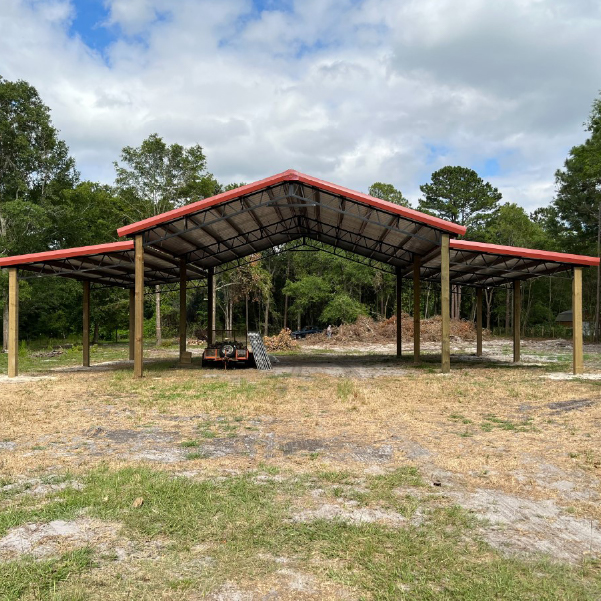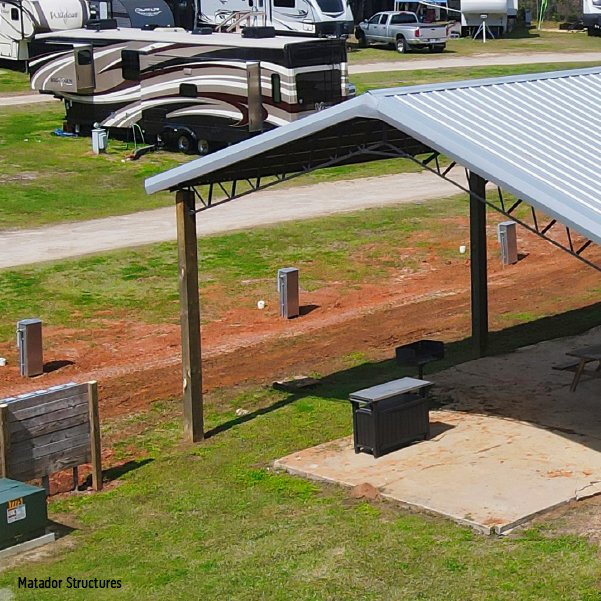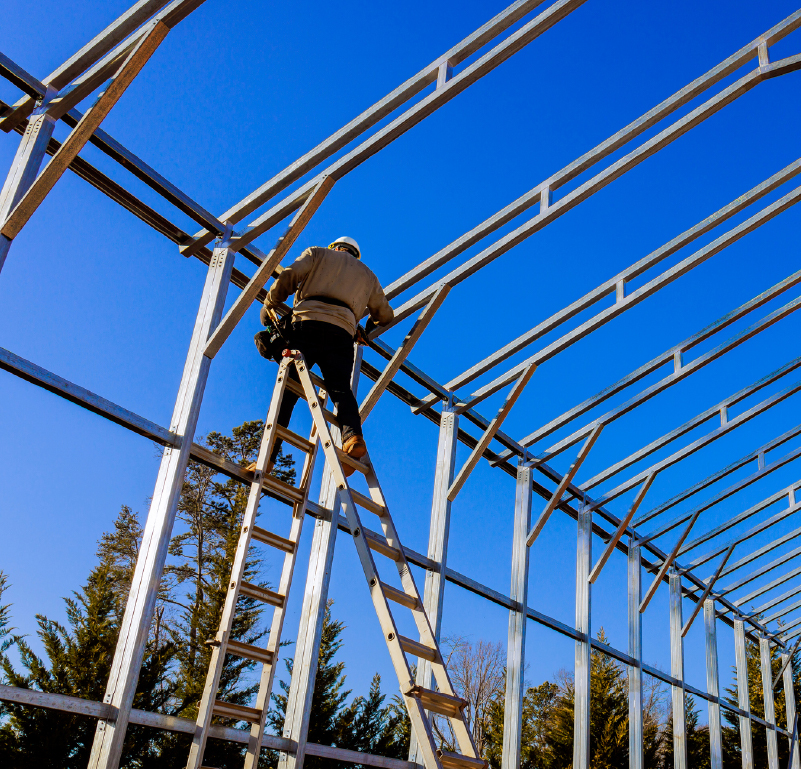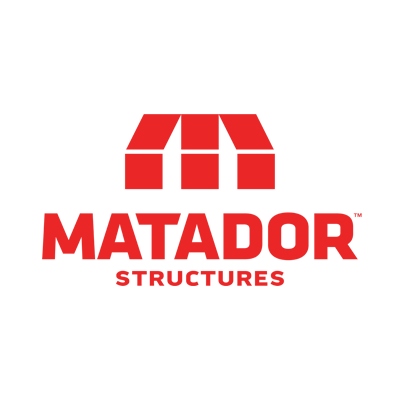Protect What Matters: How to Build a Pole Barn That Stands the Test of Time
September 30, 2025
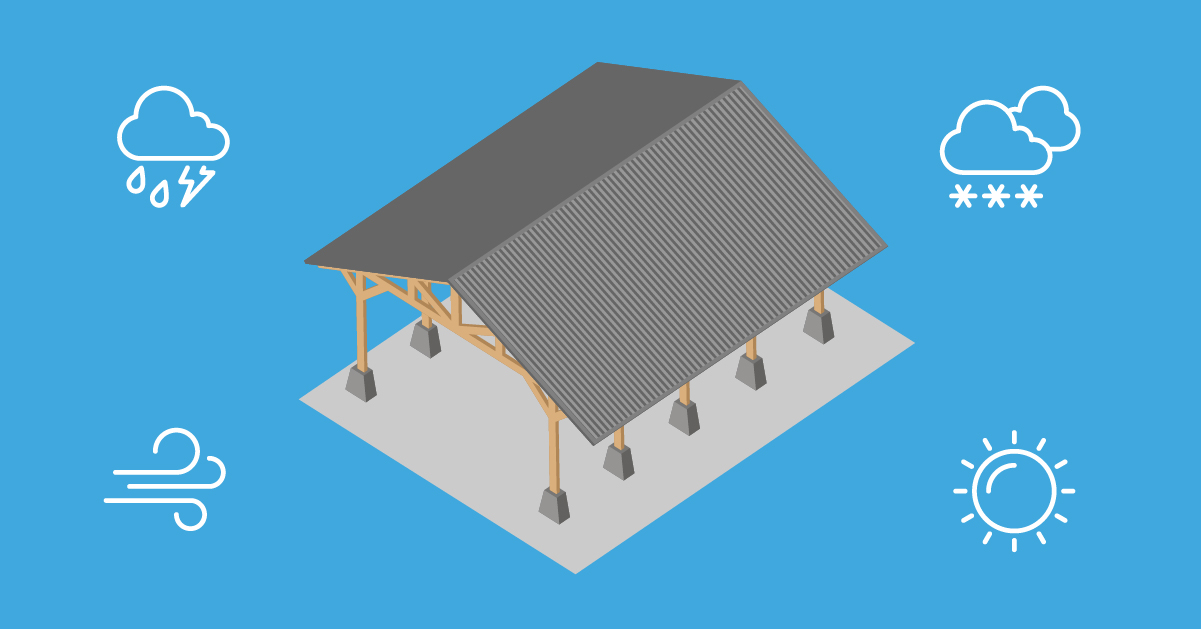
When you build a pole barn, you are not just putting up a structure. You are protecting the things that matter to you. That might be: your tools, your animals, your equipment, and your peace of mind. Whether you are storing a vintage tractor, running a homestead, or sheltering livestock from storms, a well-built pole barn is your frontline defense.
But they're not the same. If you want a pole barn that lasts through decades of wear, harsh weather, and changing needs, it’s important to plan and build it with resilience in mind.
Why Pole Barn Durability Should Be the First Priority
Many first-time builders think short-term. They focus on immediate cost savings or speed of construction without considering how well the pole barn will hold up five, ten, or even twenty years from now. That mindset can be expensive later on.
Durability means fewer repairs, lower maintenance costs, and peace of mind every time the wind picks up or the forecast turns ugly. A long-lasting pole barn protects your investment and gives you the confidence that what you store inside is safe from damage and decay. Unlike many temporary structures or lower-quality buildings, a well-built pole barn is designed to remain a reliable shelter for decades.
Pole Barn Construction: Think Beyond the Frame
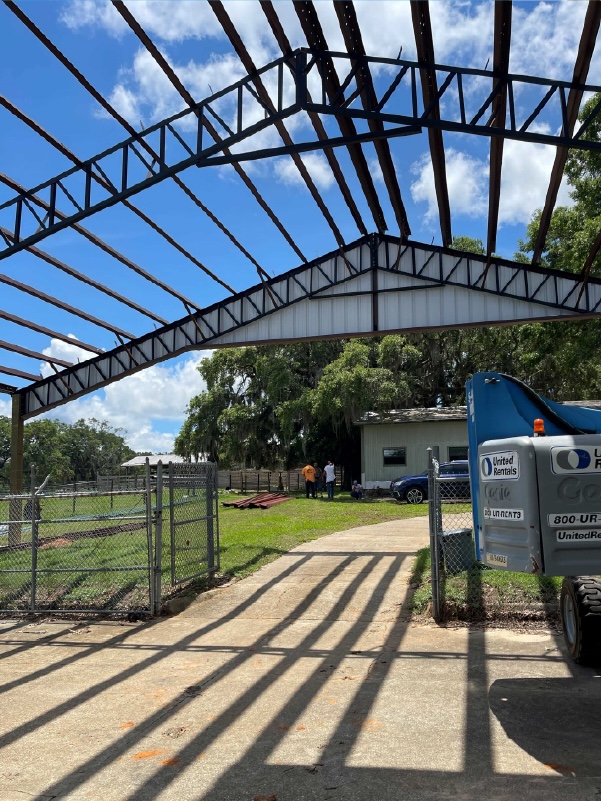 It is tempting to focus only on the post-frame structure, like its trusses, purlins, and, if added, its beams and walls. But true durability is about the entire system, not just the framework. Your site selection, materials, fasteners, anchors, and even the type of screws you use all contribute to the barn's long-term strength.
It is tempting to focus only on the post-frame structure, like its trusses, purlins, and, if added, its beams and walls. But true durability is about the entire system, not just the framework. Your site selection, materials, fasteners, anchors, and even the type of screws you use all contribute to the barn's long-term strength.
As you read through this article, we will cover the top details that affect longevity. Each one is a small decision that adds up to a pole barn that outlasts trends, weather patterns, and the unknowns of the future.
Choosing the Best Site for Pole Barn Construction
Where you build your barn is just as important as the blueprints. Poor site selection can lead to drainage problems, foundation stress, and accelerated material breakdown. (This is true if you’ll be building on to your pole barn’s post-frame construction.) Choosing the right location sets the stage for structural integrity down the road.
Since there’s no slab, when you build a pole barn, there’s no need to level the area or worry about drainage, unless that’s a consideration for what you’ll be using it for. If so, select your site appropriately. With no slab, there's no excavation required and only minimal site prep is necessary. You might opt to clear the site, level the area, and lay gravel, if desired. You should avoid spots with soil erosion, standing water, or shallow bedrock. Also consider the overall height of your pole barn when planning site clearance and access for large equipment or trailers. Factors like sun exposure, wind direction, and accessibility should also guide your decision. Before finalizing, walk the perimeter of the site to spot uneven grades or drainage concerns that might cause problems later.
Choose the Right Pole Barn Materials for Your Climate
In the Southeastern United States, building for durability means preparing for extreme heat, high humidity, and heavy rainfall. Unlike colder or windier regions, pole barns in this area must withstand prolonged moisture, pests, intense UV exposure, and the occasional tropical storm. Choosing materials that resist rust, rot, and warping is crucial for maintaining long-term performance.
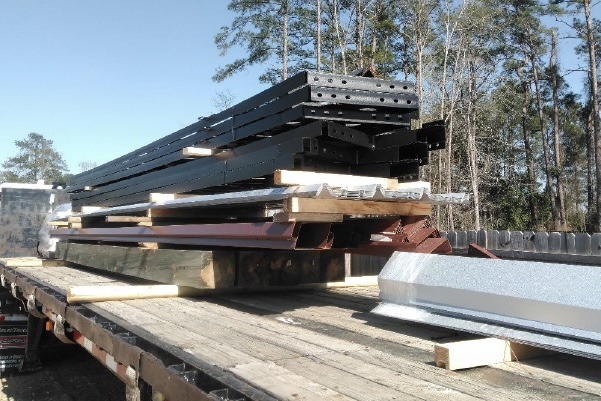 Start with pressure-treated posts designed to withstand termite activity and fungal decay. Setting your posts securely in the ground creates a solid foundation that helps prevent shifting and structural instability. Steel purlins and iron trusses are especially suited for long-term performance, offering natural resistance to decay, pests, and moisture-related damage when properly coated. In contrast to traditional wood framing, which can warp, rot, or attract termites in humid climates, metal maintains its shape and strength, providing a more durable option. These elements are an ideal material choice for builders seeking to minimize maintenance and extend the life of their barn in the Southeast's damp and storm-prone environment.
Start with pressure-treated posts designed to withstand termite activity and fungal decay. Setting your posts securely in the ground creates a solid foundation that helps prevent shifting and structural instability. Steel purlins and iron trusses are especially suited for long-term performance, offering natural resistance to decay, pests, and moisture-related damage when properly coated. In contrast to traditional wood framing, which can warp, rot, or attract termites in humid climates, metal maintains its shape and strength, providing a more durable option. These elements are an ideal material choice for builders seeking to minimize maintenance and extend the life of their barn in the Southeast's damp and storm-prone environment.
Metal Thickness Matters When You Build a Pole Barn
Not all steel panels are created equal. Thinner panels may seem budget-friendly, but they are more prone to dents, warping, and fastener pull-through over time. Look for 26-gauge or better for roofing and siding.
Pole Barn Fasteners Are the Weakest Link in Durability
A strong barn can be undone by weak screws. Use fasteners specifically designed for pole barns, with washers that seal tightly and resist rust. Consider going one step further and sealing critical seams with butyl tape for additional weatherproofing.
Anchoring a Pole Barn for Long-Term Strength
Your barn is only as strong as its connection to the ground. Skimping on anchoring is one of the most common mistakes we see among rookie builders. The right anchors prevent uplift in strong winds and stop the structure from settling unevenly.
Confirm depth with your local building code or engineering specs. Each post should have the bottom firmly seated and set in concrete, creating a solid base that resists shifting. In wind-prone regions, you may also want uplift brackets or hurricane ties. A little more steel and concrete in the ground gives you peace of mind above it.
Pole Barn Foundations Built For Long-Term Use
Unlike traditional stick-built construction, which requires extensive slab work and framing, open post-frame barns simplify the process without compromising stability. The posts are set deep into the ground, anchored with concrete for lasting support. This framing enables faster installation, even on uneven terrain, and allows for a flexible layout that can evolve over time.
Because the space is open, you can bring in large equipment, trailers, or livestock without the limitations of fixed doors or permanent walls. If your needs grow later, you can add partitions, siding, or enclosed sections, as needed, without rebuilding from scratch. That kind of adaptability builds long-term value and peace of mind into every structure.
Flexible Design: Build a Pole Barn to Work Now, Ready to Grow Later.
At Matador, every pole barn starts with a functional design. Our pole barns are intentionally made without interior finishes or wall systems to ensure fast, affordable, and adaptable construction. But that simplicity is a feature, not a compromise. By starting with an open layout, you retain complete control of how the space evolves.
Need to enclose a section in a few years? Want to turn part of the barn into a small shop or feed room? You can. With a strong post-frame foundation already in place, upgrades are simple and cost-effective. That flexibility is especially valuable in uncertain times when needs change quickly and budgets must be used wisely. For an easy starting point, Matador offers pole barn kits that bundle the materials, hardware, and clear instructions so anyone can can take on a DIY build (or work with a contractor) to get a durable structure up fast.
Durable Pole Barns Add Value to Your Property
A well-built open pole barn adds more than just covered space. It adds equity. Whether you are preparing your land for resale or building something for the next generation, a structure like this increases the functional value of your property. It shows future buyers or family members that the land was developed with purpose and care.
From a financial perspective, a quality barn helps reduce wear and tear on vehicles and equipment, lowering replacement costs over time. It can also serve as the foundation for future improvements without requiring you to invest everything upfront. While the initial price of durable materials may be higher, the long-term savings and added property value make it a smart investment. This phased approach to land development appeals to buyers and landowners alike.
—
Frequently Asked Questions About Building a Pole Barn (FAQ)
Q. What is an open pole barn?
A. An open pole barn is a post-frame structure with no walls or siding. It typically includes a metal roof supported by pressure-treated posts and offers large covered areas for storage, equipment, or agricultural use. These barns are designed for airflow, accessibility, and expansion.
Q. Are pole barns durable in humid or coastal climates?
A. Yes, when built with the right materials. Pressure-treated posts and galvanized or coated metal panels resist moisture, rust, and termites. These materials are specifically chosen to withstand the long humid seasons common in Southeastern states like Alabama, Florida, and Georgia.
Q. Can I add walls to my pole barn or enclose it later?
A. One of the biggest benefits of post-frame construction is that it is easy to modify later. Sometimes you don't even need permits! (Check your area though!) You can enclose one or more sides, add a door or windows, or even build interior spaces with insulation when your needs change. The original structure stays intact while you build around it.
Q. Do I need a concrete foundation for pole barn construction?
A. No, most open pole barns do not require a slab foundation. The posts are set directly into the ground and anchored with concrete. This approach makes them faster and more affordable to build while still being strong and stable for long-term use.
Q. What kind of maintenance should I plan for a pole barn?
A. There's actually very little labor involved. Perform a quick inspection at the end of each season. Check your roof for loose panels or fasteners. Make sure posts remain solid and free from ground erosion. Wash off heavy debris and inspect areas exposed to fertilizer or livestock to prevent corrosion. These small checks help extend the life of your investment.
Q. How long do durable pole barns last?
A. With quality materials and regular maintenance, a well-built pole barn can last 40+ years, making it one of the most durable and cost-effective pole barn options.
If you need help selecting a pole barn, or getting started on a DIY pole barn project, talk to one of our pole barn experts today.



